မဟာမုနိ ရုပ်ရှင်တော်မြတ်ကြီး(မန္တလေး)
( Mahamuni Buddha Temple )The Mahamuni Buddha Temple (Burmese: မဟာမုနိရှင်တော်မြတ်ကြီး, Burmese pronunciation: [məhà mṵnḭ pʰəjádʑí]) is a Buddhist temple and major pilgrimage site, located southwest of Mandalay, Myanmar (Burma). The Mahamuni Image (lit. 'The Great Sage') is enshrined in this temple, and originally came from Arakan. It is highly venerated in Burma and central to many people's lives, as it is seen as an expression of representing the Buddha's life.
Ancient tradition refers to only five likenesses of the Buddha made during his lifetime; two were in India, two in paradise, and the fifth is the Mahamuni Image in Myanmar. Legend holds that the Buddha himself visited the Dhanyawadi city of Arakan in 554 BC. King Sanda Thuriya requested that an image be cast of him. Once complete, the Buddha breathed upon it, ...Read more
The Mahamuni Buddha Temple (Burmese: မဟာမုနိရှင်တော်မြတ်ကြီး, Burmese pronunciation: [məhà mṵnḭ pʰəjádʑí]) is a Buddhist temple and major pilgrimage site, located southwest of Mandalay, Myanmar (Burma). The Mahamuni Image (lit. 'The Great Sage') is enshrined in this temple, and originally came from Arakan. It is highly venerated in Burma and central to many people's lives, as it is seen as an expression of representing the Buddha's life.
Ancient tradition refers to only five likenesses of the Buddha made during his lifetime; two were in India, two in paradise, and the fifth is the Mahamuni Image in Myanmar. Legend holds that the Buddha himself visited the Dhanyawadi city of Arakan in 554 BC. King Sanda Thuriya requested that an image be cast of him. Once complete, the Buddha breathed upon it, and thereafter the image took on his exact likeness.
According to legend, the Gautama Buddha visited Dhanyawadi, the capital city of Arakan during his travels on a missionary mission to spread Buddhism.[1] During the 26th anniversary of the King at the time, a devout Buddhist, the Buddha accompanied by Shin Ananda and 500 disciples[1] landed at Salagiri mountain peak near Khaukrah town.[2] The King of Arakan, along with his Chief Queen Sandra Mala (with her retinue of 1,600 ladies in waiting), and an entourage of ministers, generals and officials, paid homage to the Buddha.[2] They were deeply moved by his teachings and upon his departure to Thawuthi (Sravasti), the King insisted that he leave his image for people to worship.[2] For this purpose, the Buddha then sat under a Bodhi tree for a week of meditation.[2] During this time Sakka (in Pāli, the ruler of the Tavatimsa, in sanskrit called Trāyastriṃśa) one of the heavens in Buddhist cosmology, supported by his assistant Vissakamma (or Vishvakarman), moulded a lifelike image of the Buddha using ornaments donated by the king and his people.[2] It is also said that Sakka and Vissakamma created a separate pavilion for the Buddha to live and enjoy during these seven days.[2] After looking at his own lifelike image, believed at the time to have been his only true-likeness,[3] Buddha was pleased and "imbued the image with his spiritual essence", or "enlivened and consecrated" the image, naming it "Candasara".[4] He also stated that the image would last for five thousand years as his representative.[5][6][7]
Historian Juliane Schober has very succinctly explained this legend and the cult worship that has evolved around the "living" double image of Mahamuni Buddha:
The rich and complex mythology associated with this image includes episodes that parallel other stories about the Buddha...The rituals and myths of Mahamuni thus accomplish two aims simultaneously: they place local contexts and actors within a universal Buddhist cosmology, and they locate a continuing biography of the Buddha in the Buddhist politics of Arakan and Upper Burma. Theravada politics characteristically extended the biographical mode of recreating the Buddha's presence and associated with it the power of kings and other patrons of this image. The veneration of this Buddha image is thus informed by local conceptions of religious patronage in sociopolitical domains.[8]
Another legend narrated in the Arakanese chronicle relates to the nine phenomena that occurred when the image was consecrated in the temple and continued to occur after the Buddha had departed. These nine phenomena were: holy water used for washing the image would not overflow the collecting vessels; the water from the tank that was used for washing the Buddha's head would retain its quality throughout the year; six coloured rays appeared when the devotees worshipped the image in the evenings; the rays faded in the presence of non-believers; the space in the temple would automatically accommodate any number of devotees; the leaves of trees would tilt in the direction of the Buddha image; birds would not fly over the temple; and the stone guardians at the entrance would sense the presence of evil doers and prevent them from entering the temple.[9]
Image history Thado Minsaw, Crown Prince and son of Bodawpaya carried off the Mahamuni to Amarapura
Thado Minsaw, Crown Prince and son of Bodawpaya carried off the Mahamuni to AmarapuraIn the ancient history of Arakan, King Anawratha of Pagan (r. 1044–1077) attempted to move the image to Bagan, without success.[10] In 1784, the Burmese under the military leadership of Crown Prince Thado Minsaw of Konbaung dynasty conquered the Kingdom of Mrauk U.[11] The religious relics of the kingdom, including the Mahamuni Buddha image, were confiscated and installed in the Mahamuni temple or pagoda at Amarapura. Amarapura, located within modern-day Mandalay District, had recently become the new royal capital just two years prior. As the Mahamuni image was too large to transport as a whole, it was cut into sections and later reassembled and housed in the new temple.[12] Mandalay became the capital under King Mindon (r. 1853–1878).[13] It was also the capital under his son Thibaw (r. 1878–1885) of the Konbaung Dynasty (1752–1885). When the British annexed Upper Burma in 1885 to prevent the French from dominating it, monarchic rule ended.[14] However, veneration of the Mahamuni image has continued, and is visited and worshipped by many pilgrims, mainly Rakhine, Mon and Burmans peoples.[15][4][16][17]
Several old bronze statues that line the courtyard of the temple have a long history as war loot. They were originally Khmer statues, found at Angkor Wat in Cambodia, and were taken to Ayutthaya in 1431 by the Siamese.[18][19][20] In 1564, the Burmese king Bayinnaung conquered Ayutthaya and took thirty such statues to Bago.[20][21][22] In 1599, King Razagri of Mrauk U invaded Bago and brought the statues to Mrauk U.[15][20] Finally, Thado Minsaw took them to Amarapura in 1785.[20] According to local belief, many more of these statues were brought from Arakan.[15] However, King Thibaw melted many of them to cast cannons for fortification of his palace.[15][20] Of the thirty statues Bayinnaung brought from Siam, only six remain today, and are displayed in the temple complex.


Another legend narrated is linked to the six Khmer bronze statues (three lions–with heads substituted later in Burmese style, a three-headed elephant known as Airavata, and two warriors in the form of Shiva), which are installed in the temple in the northern end of the courtyard. These statues were originally at the Angkor Wat temple complex in Cambodia.[18] Devotees believe that the statues have healing qualities to rub a particular part of the body against the statues to cure themselves of various ailments and diseases.[15][4][5] Today, they are a major attraction because of their purported healing qualities.[15][4]
DamageThe Mahamuni image and its precincts suffered damage from fires in 1879 and 1884.[23] In the fire that broke out during the reign of King Thibaw, the seven-tiered spire on the brick temple, devotional halls, causeways and others were burnt down, although the Great Image itself was saved. Gold recovered after the fire was made into a robe that currently adorns the image. In 1887, Minister Kinwun Mingyi U Kaung took charge of the site and in 1896 constructed the present temple around the original shrine built by King Bodawpaya.[6]
In 1996, the military rulers in Burma undertook renovation work on the Mahamuni Pagoda. During this period, the Mahamuni Buddha image was damaged in 1997 when a hole appeared in the belly of the Great Image.[24] It was believed that thieves had drilled the hole in an attempt to steal jewels believed to be secreted within the image.[24] It was reported that a military officer had requested to open the temple in the night, resulting in a meeting of all the senior monks from major monasteries in the area to discuss the matter.[24] Whilst the meeting was in progress, attention was diverted to a purported rape incident committed by a Muslim man on a Buddhist girl.[24] A major riot broke out but it turned out afterward that the Buddhist girl had not been raped at all.[24] It was a coverup to divert attention away from the Buddha so it could be repaired.[24] However, the mystery remains as to whether any jewellery did exist and was actually removed from the Great Image at all.[24]






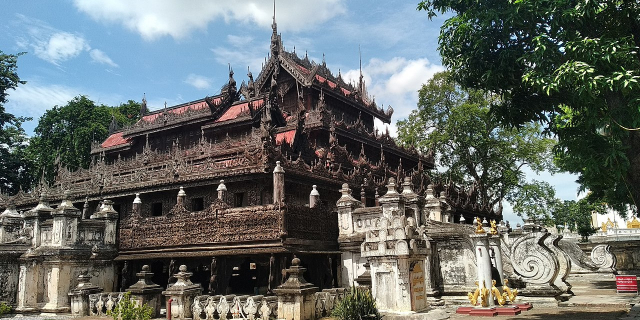

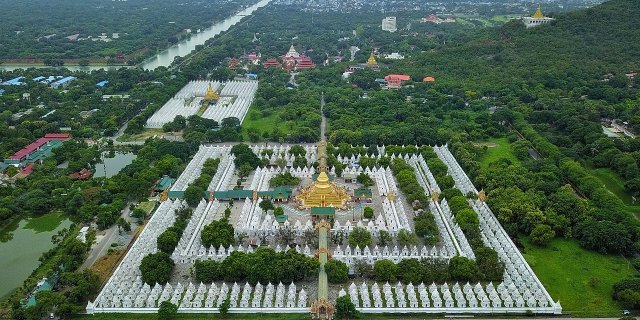
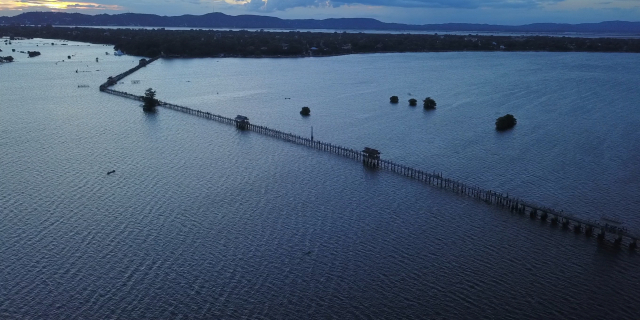

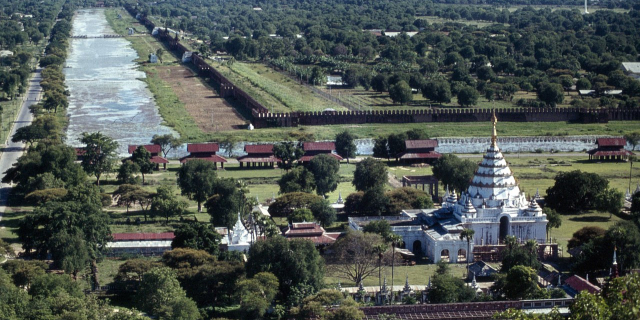

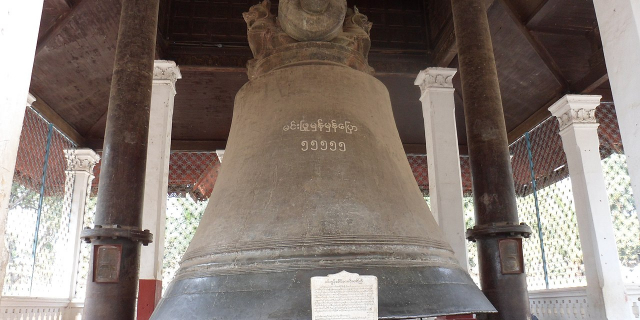




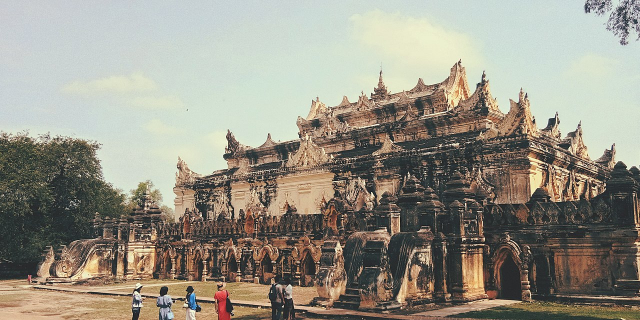
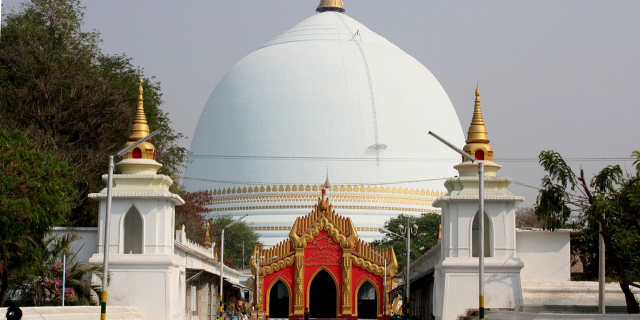
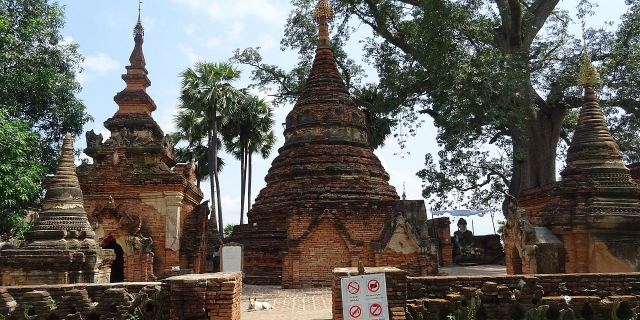

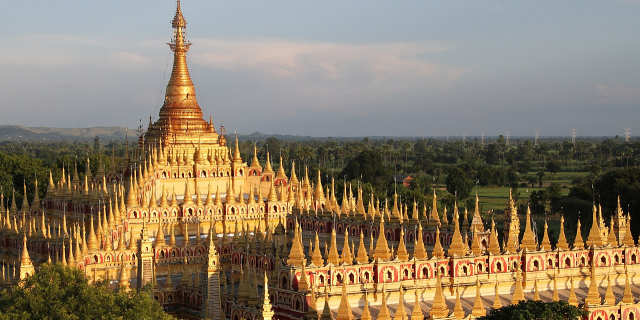
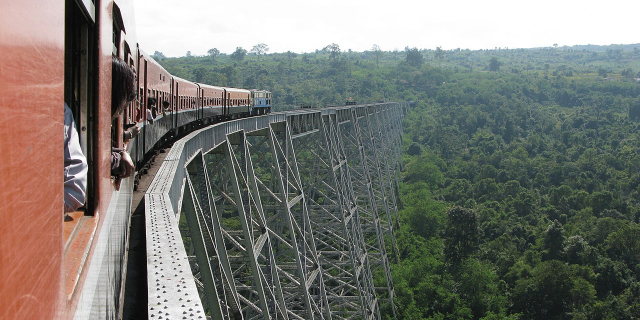
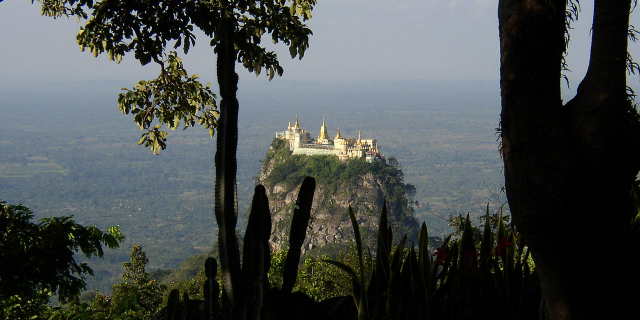


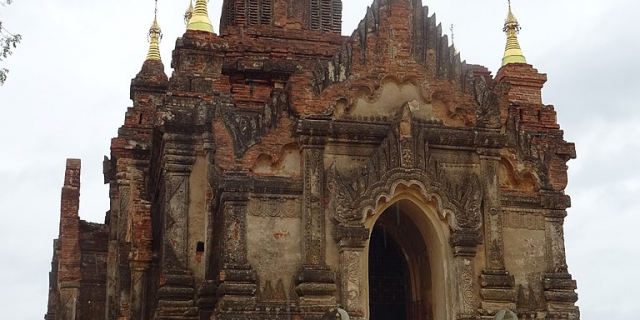
Add new comment